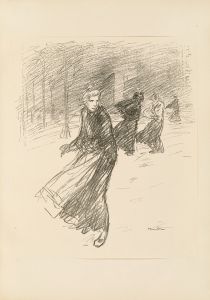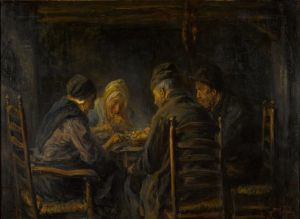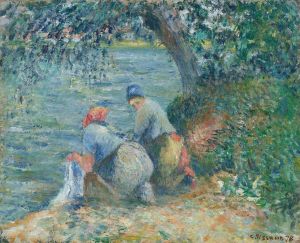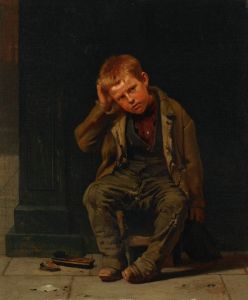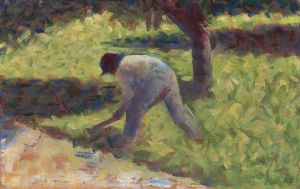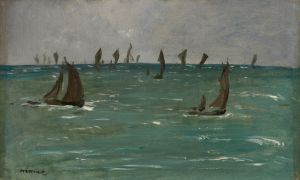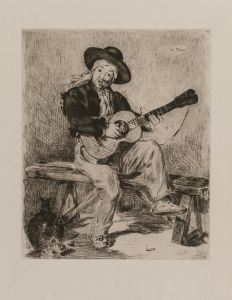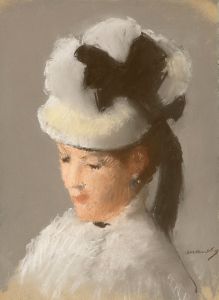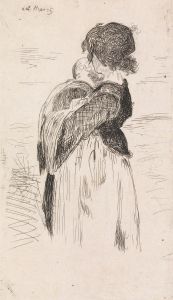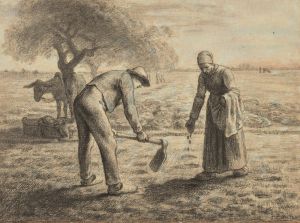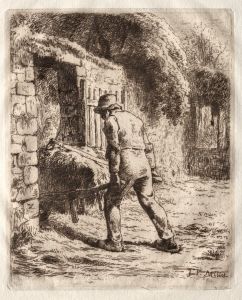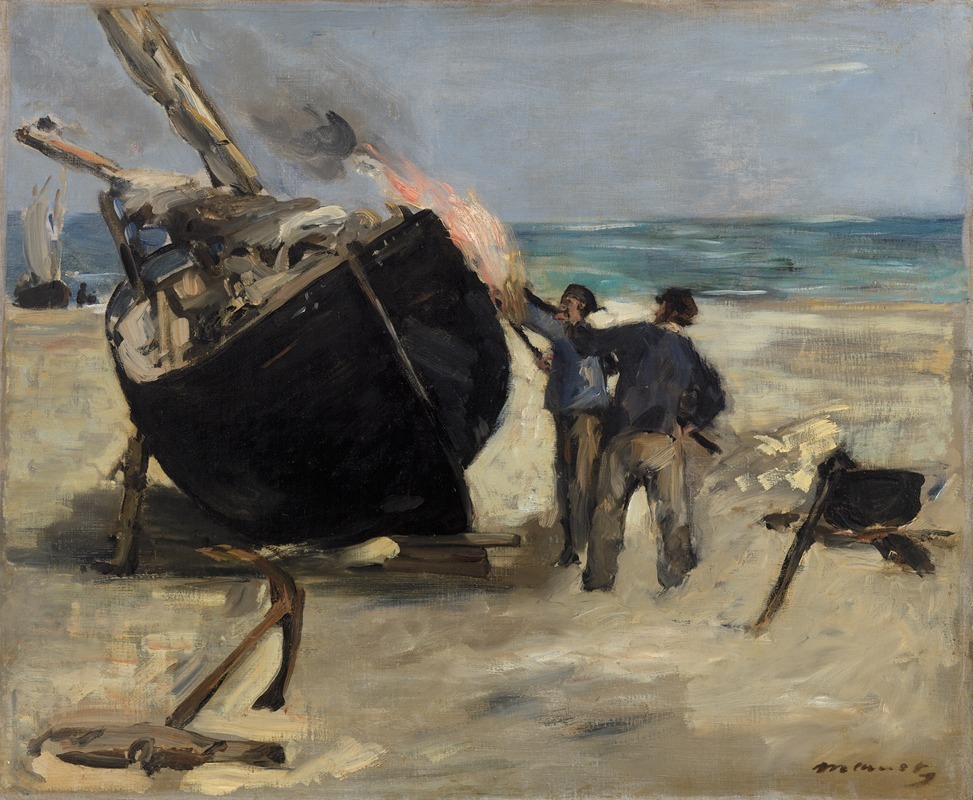
Tarring the Boat
A hand-painted replica of Édouard Manet’s masterpiece Tarring the Boat, meticulously crafted by professional artists to capture the true essence of the original. Each piece is created with museum-quality canvas and rare mineral pigments, carefully painted by experienced artists with delicate brushstrokes and rich, layered colors to perfectly recreate the texture of the original artwork. Unlike machine-printed reproductions, this hand-painted version brings the painting to life, infused with the artist’s emotions and skill in every stroke. Whether for personal collection or home decoration, it instantly elevates the artistic atmosphere of any space.
Édouard Manet's painting "Tarring the Boat" is an intriguing work that captures a scene of maritime labor. Painted in 1873, this artwork reflects Manet's interest in contemporary life and his ability to depict everyday activities with a sense of immediacy and realism. The painting is also known by its French title, "Le Bateau goudronné."
"Le Bateau goudronné" is set in the bustling port of Berck, a small fishing village on the northern coast of France. During the 19th century, Berck was known for its fishing industry, and Manet visited the area in the early 1870s. This visit provided him with the inspiration to capture the daily life and work of the fishermen and their boats.
The painting depicts a group of men engaged in the process of tarring a boat, a necessary maintenance task to ensure the vessel's seaworthiness and longevity. The scene is characterized by its dynamic composition and the use of light and shadow, which are hallmarks of Manet's style. The figures are shown in various poses, each absorbed in their work, which adds a sense of movement and realism to the scene.
Manet's use of color in "Tarring the Boat" is particularly noteworthy. He employs a palette of earthy tones, with rich browns and deep blues dominating the canvas. These colors not only convey the physicality of the labor but also evoke the atmosphere of the coastal environment. The contrast between the dark hues of the tar and the lighter tones of the boat and the workers' clothing creates a striking visual effect.
The painting reflects Manet's interest in the lives of ordinary people and his desire to depict them with dignity and respect. Unlike many of his contemporaries, who often romanticized rural and working-class subjects, Manet approached his subjects with a straightforward and honest perspective. This approach is evident in "Tarring the Boat," where the focus is on the labor itself and the individuals performing it, rather than on any idealized or sentimental interpretation.
"Le Bateau goudronné" is also significant within the context of Manet's broader body of work. It demonstrates his continued exploration of modern life and his commitment to capturing the world around him with authenticity. The painting is part of a series of works that Manet created during his time in Berck, each offering a glimpse into the daily activities and environment of the fishing community.
Today, "Tarring the Boat" is held in a private collection, and it is less frequently exhibited than some of Manet's more famous works. However, it remains an important example of his ability to combine technical skill with a keen observation of contemporary life. Through this painting, Manet offers viewers a window into the world of 19th-century maritime labor, rendered with the sensitivity and insight that characterize his oeuvre.





